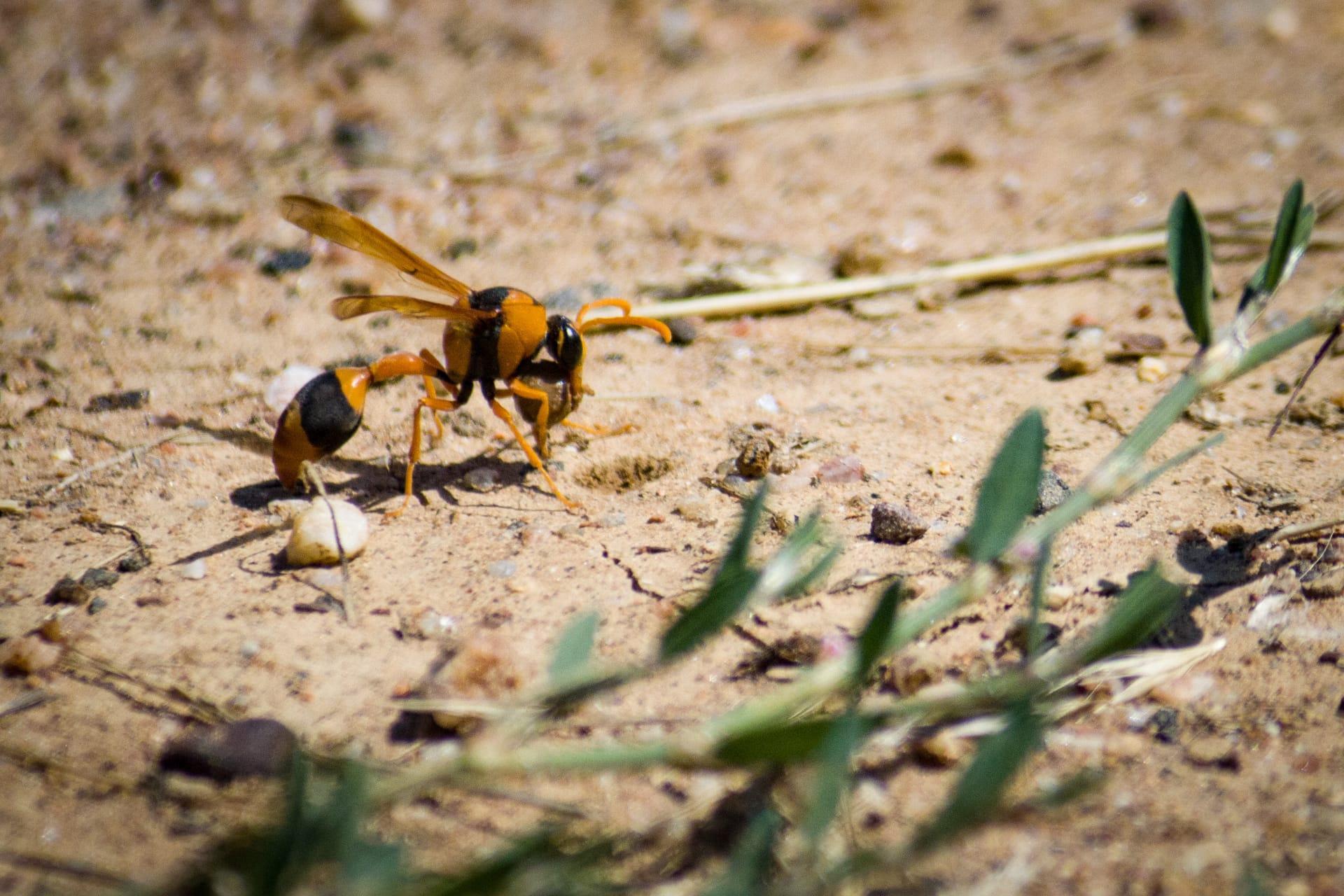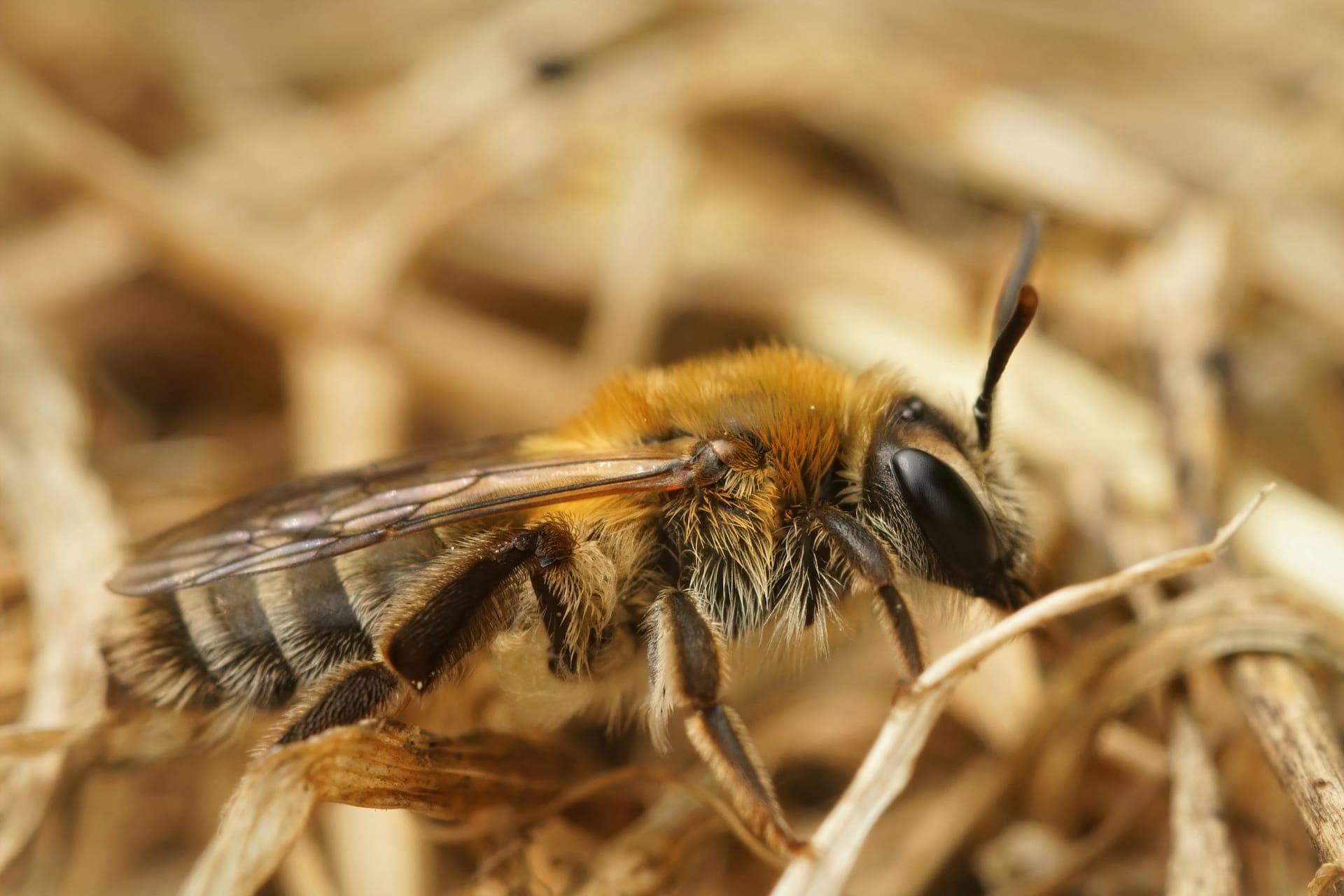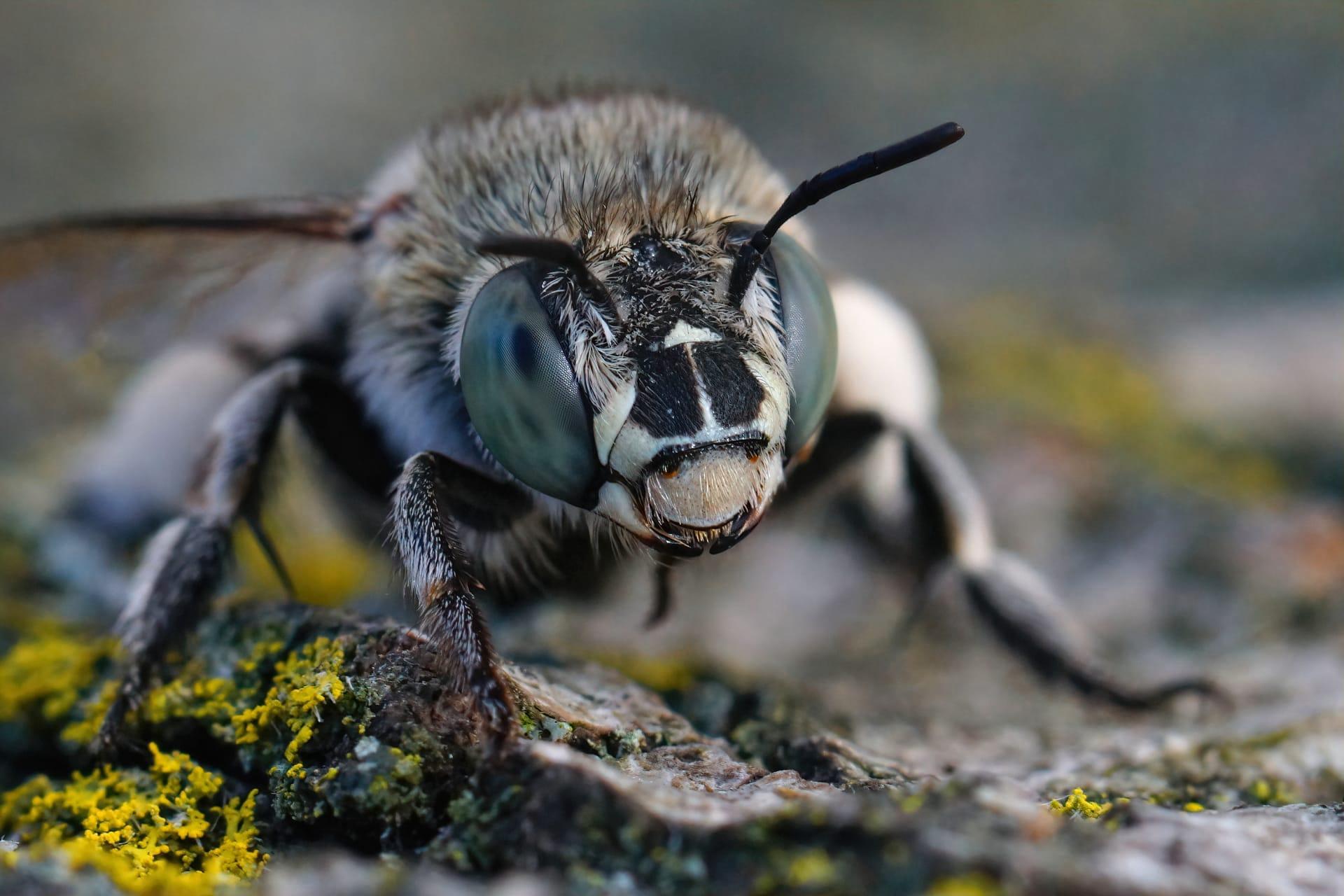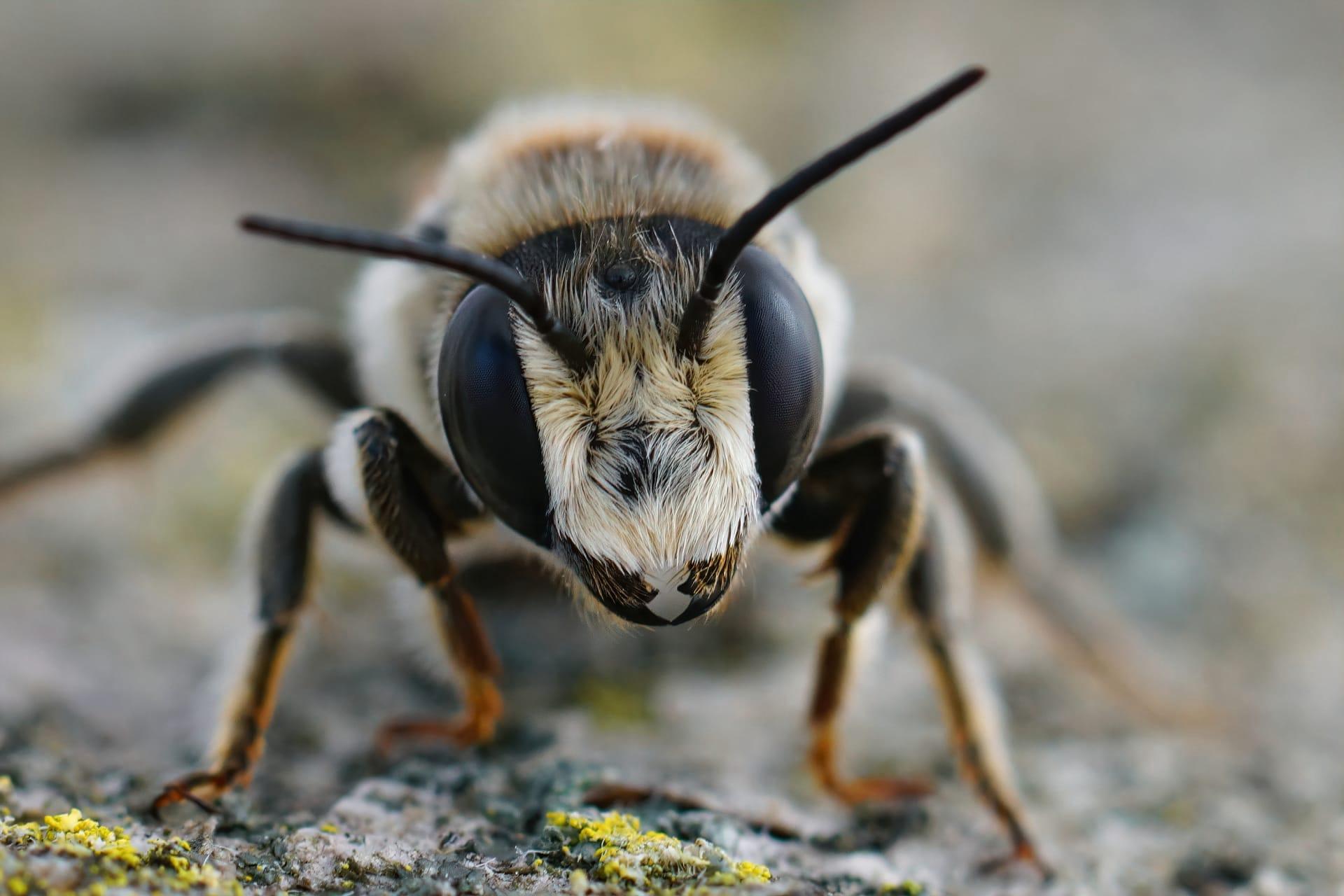Ground Bees
- Home /
- Mini Encyclopedia /
- Animal /
- Ground Bees
1
Ground bees, a diverse group within the superfamily Apoidea, are fascinating creatures. Unlike their honeybee relatives, most ground bees are solitary, meaning each female bee tends to her own nest. These bees fall under various genera, such as Andrena, Colletes, and Halictus. The genus Andrena alone has over 1,300 species, showcasing the diversity within this group. Each species has unique characteristics, but they generally share traits like a robust body and a preference for nesting in the ground.
As for distribution, ground bees are found worldwide, thriving in diverse habitats. They are particularly abundant in temperate regions, but their presence in tropical and arid areas is also significant. In the United States, ground bees are widespread, often seen buzzing around from early spring as they emerge to forage and nest. These bees prefer well-drained, sandy soils for nesting, which explains their common appearance in gardens and along the edges of wooded areas.

2
Question: Do ground bees pose a significant stinging threat to humans?
Answer: This is a common misconception. In reality, ground bees are generally non-aggressive and unlikely to sting. Female ground bees have stingers, but they rarely use them unless directly provoked or threatened. Males, often seen hovering over the nests, don't have stingers at all. It's important to distinguish ground bees from more aggressive species, as their behavior and impact on humans are significantly different. Understanding this can help in conserving these beneficial pollinators.

3
Ground bees have evolved several fascinating survival strategies. For instance, many species exhibit a high degree of selectivity in pollen gathering, often focusing on specific plant types. This specialization ensures efficient pollination for certain flowers, demonstrating a refined ecological relationship. Additionally, their nesting habits contribute to soil aeration, which is beneficial for plant growth. The females meticulously construct and care for their underground nests, demonstrating a remarkable instinct for solitary survival.
Another strategy is their temporal activity pattern. Many ground bee species have a short above-ground active period, often limited to a few weeks in spring. This brief period of intense activity for mating and provisioning their nests allows them to avoid predators and harsh environmental conditions. Moreover, their ability to rapidly collect pollen and nectar during this period showcases their efficiency as pollinators, a crucial role in many ecosystems.

4
In ecological terms, ground bees play a pivotal role. They are vital pollinators, contributing significantly to the pollination of wildflowers, crops, and garden plants. This pollination is crucial for plant reproduction and biodiversity. Their activity supports the health and survival of many plant species, which in turn benefits the wider ecosystem, including other wildlife that depends on these plants for food and habitat.
Their impact extends beyond pollination. Ground bees' nesting behavior aids in soil health. By burrowing, they help aerate the soil, improving water infiltration and nutrient cycling. This contribution is particularly beneficial in gardens and agricultural fields, where soil structure and health are key to plant growth. The presence of ground bees can be an indicator of a healthy ecosystem, reflecting the interconnectedness of species and their environments.

5
Film: "The Secret Life of Bees: Ground Edition" (United Kingdom, 2018) is a captivating documentary exploring the hidden world of ground bees. It delves into their lifecycle, nesting behavior, and the challenges they face due to habitat loss and climate change. The film highlights the importance of these bees in ecosystems and encourages conservation efforts.
Book: "Beneath the Surface: The World of Ground Bees" by Sarah E. Johnson (United States, 2021) offers an in-depth look into the life of ground bees. Johnson, an entomologist, combines scientific research with vivid photographs, providing readers with a comprehensive understanding of these bees’ biology, behavior, and ecological significance.
Book: "Garden Allies: The Ground Bees" by Helena Garcia (Canada, 2019) is a practical guide for gardeners and nature enthusiasts. Garcia focuses on how ground bees contribute to garden health and ways to create bee-friendly habitats. The book blends scientific information with practical tips, making it a valuable resource for promoting ground bee conservation in urban and suburban settings.